In the ever-evolving pharmacovigilance landscape , embracing automation and AI has become a strategic necessity for global pharmaceutical companies. One such leading company embarked on a transformative journey to enhance its pharmacovigilance operations. Here’s a look into how they navigated change management and leveraged cutting-edge technology to streamline their processes.
Embracing Transformation
The journey began in 2019 when the company recognized the need to overhaul its pharmacovigilance operations. The goal was clear: improve data quality and operational efficiency through automation and AI. At the time, automation was emerging as a game-changer, and while AI was still a nascent concept, it promised a future of streamlined processes and enhanced accuracy.
The initial approach focused on simpler automation tasks to build foundational understanding and trust within the team. These early steps included implementing bots to handle routine data processing tasks, which, although straightforward, provided valuable insights and set the stage for more complex applications of AI.
Overcoming Challenges
- Change Management
One of the most significant hurdles was managing the change process. The company understood that technology alone wouldn’t guarantee success; effective change management was crucial. They focused on several key strategies:
– Early Engagement: Involving internal staff and vendors early on was essential. The company conducted thorough briefings and training sessions to ensure that everyone understood the new systems and their roles within the new framework.
– Addressing Resistance: Change often meets resistance, and this project was no exception. The company identified resistant individuals and worked to convert them into ambassadors for the new technology. This approach proved effective in garnering broader support and easing the transition.
– Clear Communication: Communication was more than just sending out project updates. The company maintained a regular dialogue with stakeholders, explaining the changes, addressing concerns, and highlighting benefits to build enthusiasm and acceptance.
- Measuring ROI
Determining the return on investment (ROI) for new technologies can be challenging. The company initially struggled with this aspect, particularly in quantifying the efficiency gains and quality improvements brought about by automation. They learned to refine their approach by:
– Starting Small: Beginning with smaller, less complex tasks allowed them to measure impact more accurately and adjust before scaling up.
– Ongoing Monitoring: Implementing continuous monitoring systems helped track performance and ROI effectively, ensuring that any issues were identified and addressed promptly.
- Vendor Coordination
Working with vendors presented its own set of challenges. To ensure that external partners understood and utilized the new technologies effectively, they focused on:
– Detailed Instructions: Providing clear, detailed guidance to vendors on how to use the new systems was critical. The company also implemented regular check-ins to ensure adherence to procedures and to address any discrepancies.
– Observational Oversight: Sometimes, what vendors reported and what happened differed. The company closely monitored vendor activities to ensure that processes were being followed correctly.
Lessons Learned
Throughout this transformative journey, several key lessons emerged:
– Patience is Key: Transformation takes time. The company learned to be patient and to understand that building effective systems and processes is a gradual process.
– Human Element: Despite the advancements in AI and automation, some aspects of the work still require a human touch. The company recognized the importance of maintaining this balance.
– Tailored Solutions: There is no one-size-fits-all approach. The company tailored its solutions to fit its specific needs and challenges, avoiding generic implementations that might not deliver optimal results.
Looking Ahead
With the foundational work laid and lessons learned, the company is poised to advance further. The focus is now on expanding beyond transactional tasks to include more proactive elements such as risk management and signal detection. They are exploring module-based solutions to integrate various systems more seamlessly, aiming to enhance overall operational efficiency.
Conclusion
Navigating the complex landscape of change management in the context of automation and AI is no small feat. By focusing on effective communication, resistance management, and continuous monitoring, the company successfully leveraged these technologies to enhance its pharmacovigilance operations. Their journey offers valuable insights for other organizations embarking on similar transformative paths, demonstrating that while the road may be challenging, the rewards are well worth the effort.







